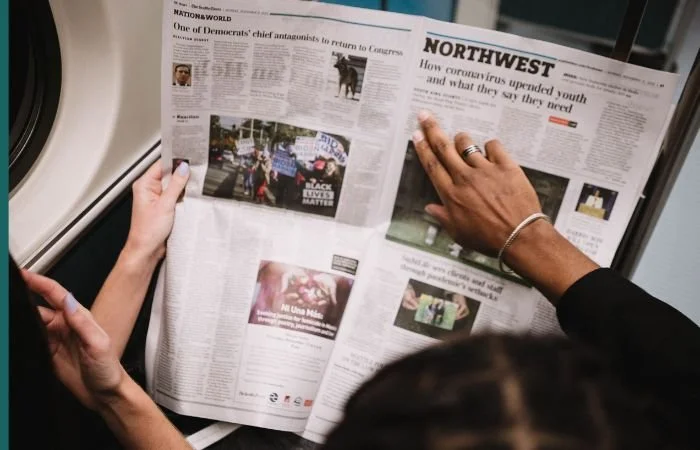Media Training: Nailing your message before talking to the press
Talking to the media, for some it’s exciting, and for others it’s terrifying. For a company starting out, getting attention in the right places can be a huge benefit. Whether it’s to be noticed by investors, helping your hiring strategy, or to acquire customers, there are numerous ways PR and being seen in the press can help.
However, there’s not much point doing press for the sake of it. You need to be strategic about where you want to be seen and why, and what people should take away from reading or hearing about you.
This is where messaging can be a massive help. When you’re small you don’t need to pay for a consultant to run a day course on how to work with journalists and answer questions, there are some simple tips that will get you on your way.
Know Your Stuff
Just as you need to be prepared to answer tough questions from an investor or your board, you need to be ready to answer them from a journalist. Like an investor, you need to win them over to you and your product or service - their job is to be sceptical. When you’re a small unproven business, you need to confidently know your answers to help steer the interview and provide useful responses to both the journalist and the audience behind them.
Start Writing!
A great starting point is to build yourself a simple messaging matrix. For each of your core audiences, what is the primary message you want to convey, followed by the second and third most important, supported by other key facts and sales points. This marketing-driven activity can help you build answers for journalists. The trick is not to launch into a sales pitch, but to creatively use storytelling to relay the messages you want to share.
From a messaging matrix, you can then prep a frequently asked questions (FAQs) document for internal use. By making this available to your team or core spokespeople, you’re ensuring that people know the main points to share and the core stories to tell - meaning that everyone is singing the same song.
FAQs allow you to put together a list of questions, from basic ones such as “How did the idea for your business come about?” to “What are your thoughts on the impact of Brexit?”. They should cover simple storytelling questions such as how you started, to what the company line is on controversial topics or practices in your industry. The answers you write in response are merely a guide, so that anyone asked that question still responds in an authentic manner.
Bringing Your Messaging to Life
The next big barrier is working through the delivery when you’re speaking to a journalist. Usually, you’ll have a small indication of what they want to discuss in an interview. There is no guarantee they would share questions in advance, but even small guides based on the topic of their piece or the purpose of the interview will help you prepare.
If you’re fortunate enough to be working with a PR team, ask them to create a briefing sheet for you. You can then read up on the journalist, what they’ve written recently, and work through things you believe will be discussed. But, if you don’t work with a PR specialist, build a cheat sheet for yourself. Read their articles, look at Twitter, and prepare your answers.
In person, it’s all about being confident, helpful, and respectful. There are many interview tactics out there, too many to run through in this piece. But you should absolutely consider your body language during a meeting. Be grounded, strong, but not too relaxed. Try to spot if you have a sign or tick that gives away your nerves - such as playing with a pen or saying ‘um’ too much. Practice will help remove these.
Key Tips and Advice
Answer their questions, but bring it back to your core messages.
If you’re asked a difficult question, answer the one you wished you’d been asked.
Accept that you can only control the messages you share with a journalist - you cannot control what does or doesn’t appear in a final article.
Backlinks are never guaranteed.
Corrections can only be asked of incorrect facts or grammatical/spelling errors.
Never ask a journalist if you can see an article before it goes live. They do not work for you and the press is independent.
Nothing is ever guaranteed - always accept stories as 90% certain, allowing for external factors outside of your control, such as breaking news stories.
Make it easy for the journalist to find everything required for a story - images, data, and connections.
Journalists are very time poor and have many demands on their attention. We’re all human!
Avoid technical language - make things easy and relatable.
Use data. Any claim you make needs to be supported.
Don’t provide information you don’t need to share. Don’t waffle or fill silence.
There is lots more that can be shared in order to prepare you for interviews and broadcast. One of the best things you can do is talk to your peers who have worked with journalists before and take on the advice they have to give. Remember, in any situation you are trying to build a relationship with that journalist for the future, and share the right messages. Be helpful to them, and they will come back to you again and again.








